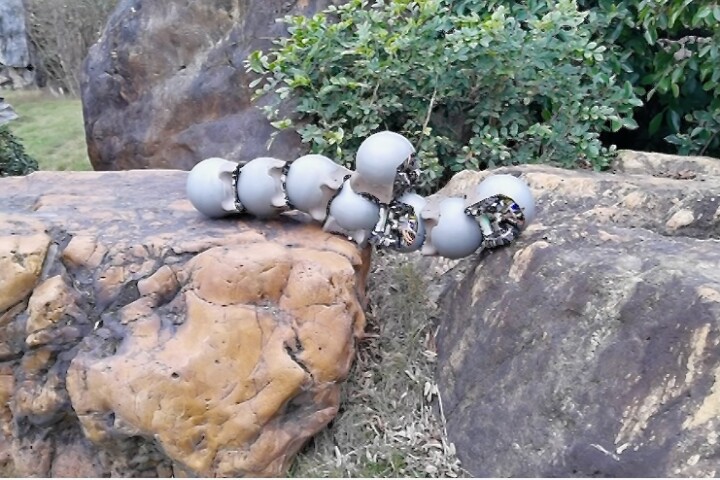Although personal drones are becoming increasingly popular, a lot of people are still understandably intimidated by their exposed propellers. Not only can those whirling blades hurt people, but they also regularly get damaged in crashes. That's why Pasadena, California-based Polyhelo created the Nano Tornado. It's a quadcopter, but instead of open props it utilizes four ducted fans.
According to the former Caltech researchers who founded Polyhelo, there are several advantages to the Nano Tornado's unique design.
First and foremost, it won't cut people if it runs into them, plus it won't be damaged if it bumps into things or makes rough landings (within reason, of course). This means that it could be used in applications considered too risky for regular drones, such as flying near branches or in narrow spaces.

Because it has no arms or propellers sticking out, it can also easily be tossed in a bag for transport. Additionally, if there isn't a good take-off/landing spot nearby, it can stabilize itself after being thrown into the air (like the Lily drone) plus it can be safely landed on a person's outstretched hand.
Flight time is only about five minutes, although the battery can be swapped with a fully-charged extra on the spot.
The Polyhelo team is currently raising production funds for the Nano Tornado, on Indiegogo. A pledge of US$448 will get you one with a Polaroid Cube actioncam – to record footage for subsequent viewing – assuming all goes according to plan. If you want to view the video as it's being shot, an FPV package with a FatShark camera, transmitter/receiver and screen can be had for $548.
The Nano Tornado prototype can be seen in action, in the video below.
Source: Indiegogo





